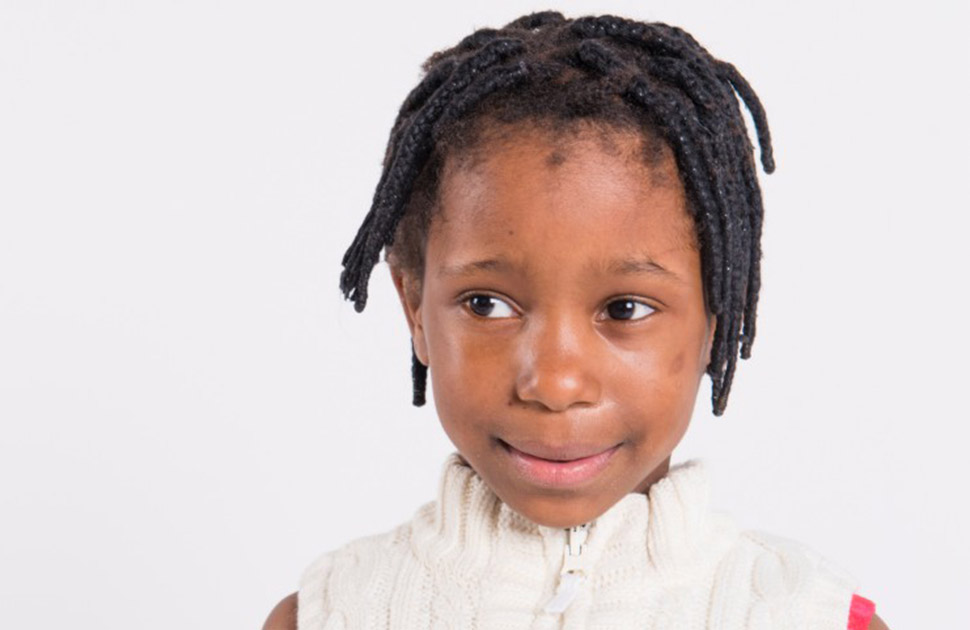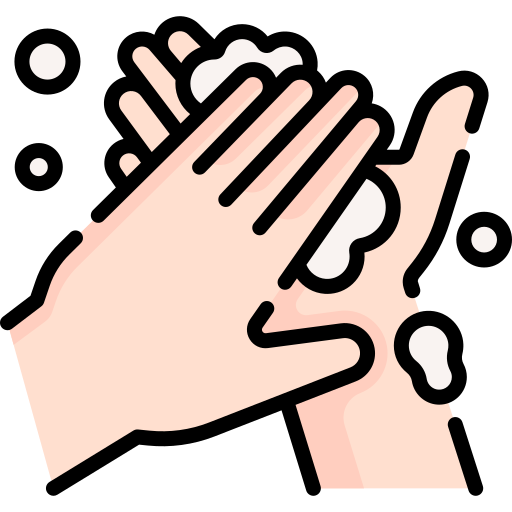
For best results make sure background graphics are enabled.
What is bronchiolitis?
Bronchiolitis is a viral infection that happens mostly in the late fall and winter. It causes the small breathing tubes in the lungs to become tight, swollen and filled with mucous. This can make it harder for air to move in and out of the lungs. Bronchiolitis happens most often in children under one year of age, and is the most common reason why babies are admitted to hospital.
What causes bronchiolitis?
Bronchiolitis is often caused by a virus called RSV (respiratory syncytial virus). It’s easy to catch and spreads by coughs, sneezes or objects that have been touched by a sick person (like toys, computer keyboards or hands). This virus can get into our bodies through our mouths, noses or eyes.
How do I know if my child has bronchiolitis?
If your child has bronchiolitis, they will have:
- a stuffy or runny nose
- a cough (sometimes a tight cough)
- wheezing (whistling sound coming from the chest)
These symptoms can last for 2-3 weeks. Children may also have a fever or have trouble breathing
Caring for your child at home
Sometimes the infection is more serious, and the child must stay in hospital. If your baby was born too early (premature) or if they have heart or lung problems, they may have to be cared for in hospital. Most of the time, you can take care of your child at home.
1. Give your child extra fluids: breast milk, formula, water or juice (babies over four months of age can have apple juice). Feeding may be tiring for your baby or child, so try feeding smaller amounts more often.
2. Remove nose mucous. Babies will have a hard time drinking from a bottle or breast feeding if their noses are blocked with mucous. To remove mucous from your baby’s nose:
- place three drops of warm saline nose drops into each nostril
- wait one minute
- use a suction bulb to remove the mucous (a small squeeze bottle is available in drug stores)
3. Keep your home smoke free. Ask smokers to smoke outside.
4. Make sure your child gets lots of rest.
5. Give ibuprofen (for example: Advil®, Motrin®) or acetaminophen (for example: Tylenol®, Tempra®) for fever. These can also help your child feel better. Don’t give ibuprofen (for example: Advil®, Motrin®) to babies under six months.
6. If your health-care provider has given your child a puffer, keep using it as directed to ease your child’s breathing. Bring your child back to the Emergency Department if it is not helping your child’s breathing.
7. Your child can go back to day care when they are back to their usual level of activity.
How is bronchiolitis treated?
If needed, medication may be given in the emergency department to help with breathing. Your child may need to wear a mask to breathe the medicine into their lungs. Most of the time this medicine isn’t needed, and you can care for your child at home. Bronchiolitis is caused by a virus, so antibiotics won’t help.
Hand washing is the best way to prevent bronchiolitis
Everyone must wash their hands:
- before touching a baby
- after coughing, sneezing, blowing their nose or using the toilet
- after caring for a sick child or adult
- before meals
How can bronchiolitis be prevented?
- cough or sneeze into the bend of your arm to stop cold germs from spreading
- keep anyone with fever or cold symptoms away from your baby
- ask your health care provider about the RSV vaccine for babies born too early or premature
Can bronchiolitis cause lung problems later on?
Most children get better and don’t have problems handling colds. A few children get colds and lung infections more often, and may also have asthma. Talk to your doctor if your child gets a lot of colds and wheezing. Children can get bronchiolitis more than once, but it is usually milder the second time around.
Bring your child to the hospital if they have:
• trouble breathing (nostrils may flare out, skin pulls in between ribs)
• breathing that is faster than usual
• a very bad or ‘choking’ cough
• a weak cry or voice
• pale or blue lips
• difficulty waking up easily
• poor feeding
• less than 4 wet diapers in a day
 Looking for translation?
Looking for translation?
Did you know: our care resources can be translated into over 100 languages using Google Translate! Click the Translate button on the top right corner of your screen and select your preferred language to get started.
Disclaimer
This resource is for educational purposes only, and was originally written in English and translated to French. Translation to any other languages is automatically provided through Google Translate, and not official. There may be subtle differences or inaccuracies. If you have any questions about medical matters including your care and treatment, please reach out to your health-care team.





